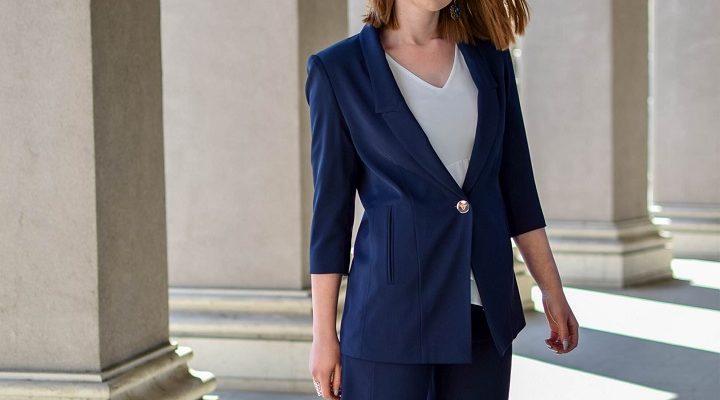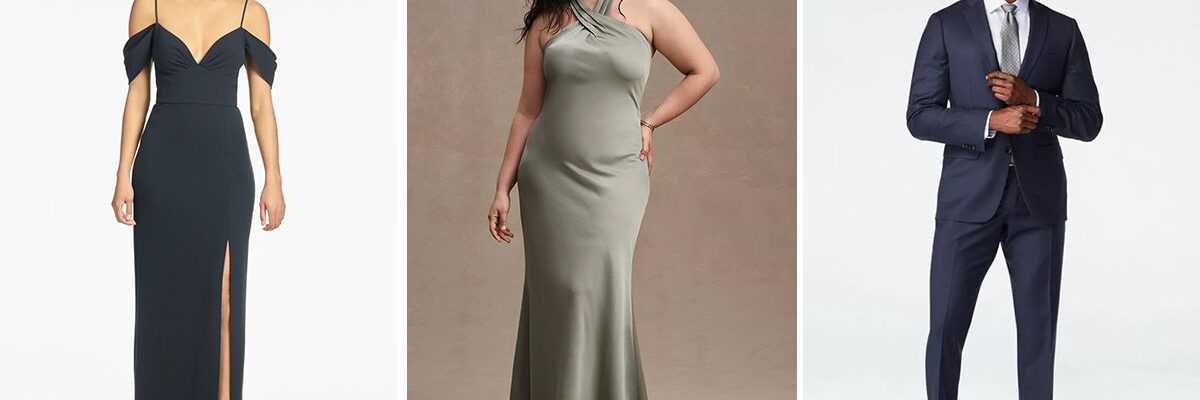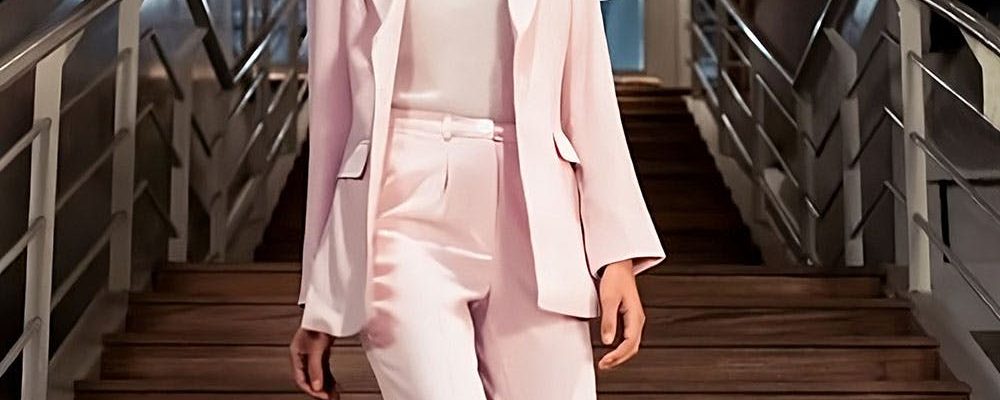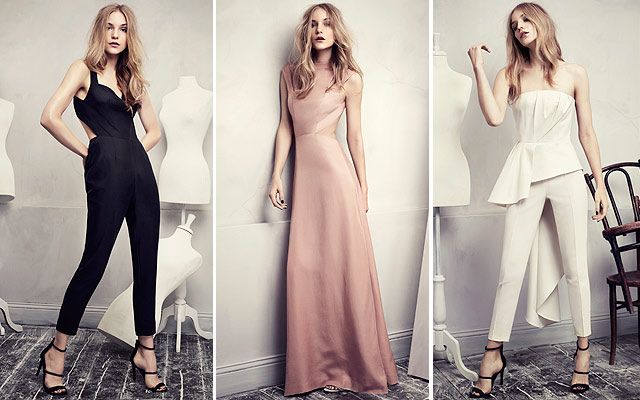Social media has significantly transformed the fashion industry, including the accessibility of fashion shows. Here are several ways in which social media has influenced the accessibility of fashion shows:
- Global Reach: Social media platforms enable fashion shows to reach a global audience instantly. Live streaming, Instagram Stories, Facebook Live, and other features allow people from around the world to virtually attend fashion events without the need for physical presence. This has democratized access to fashion shows, breaking down geographical barriers.
- Real-time Updates: Social media provides real-time updates from fashion shows, allowing followers to get immediate insights into the latest trends, designs, and collections. Live-tweeting, Instagram posts, and other forms of instant sharing create a sense of immediacy and excitement for the audience, making them feel connected to the event as it unfolds.
- Inclusive Representation: Social media has played a crucial role in advocating for diverse and inclusive representation in the fashion industry. Through platforms like Instagram, Twitter, and TikTok, marginalized voices have found a space to showcase their unique styles and perspectives. This shift towards inclusivity has influenced fashion shows to feature a more diverse range of models, designers, and styles.
- Direct Interaction: Fashion brands and designers can directly interact with their audience through social media. This direct engagement allows for instant feedback, creating a more interactive and responsive fashion community. Designers can receive input, answer questions, and build a stronger connection with their audience, fostering a sense of inclusivity and transparency.
- Behind-the-Scenes Access: Social media provides a backstage pass to fashion shows. Designers, models, and organizers can share behind-the-scenes content, giving followers a glimpse into the creative process, rehearsals, and the overall atmosphere of the event. This transparency enhances the overall experience for followers and adds a layer of authenticity to the fashion industry.
- User-Generated Content: Social media encourages user-generated content, with attendees sharing their experiences, favorite looks, and personal interpretations of fashion shows. This creates a communal aspect to fashion events, where the audience becomes an active participant in shaping the narrative and influencing trends.
- Digital Fashion Shows: In response to the changing landscape, some designers have embraced digital fashion shows, which are exclusively presented online. This format allows for a broader audience reach and innovative presentation styles, such as virtual reality experiences, interactive elements, and 3D modeling.
- Instant Fashion Influencer Impact: Social media influencers have become powerful trendsetters. When influencers attend and share content from fashion shows, it can rapidly amplify trends and styles. The speed at which information spreads on social media has accelerated the influence of these fashion enthusiasts.
While social media has greatly increased the accessibility of fashion shows, it has also raised questions about the authenticity of the fashion industry, the impact on traditional fashion calendars, and the potential for information overload. Nonetheless, the overall influence has been largely positive, democratizing fashion and making it more accessible to a global audience.









